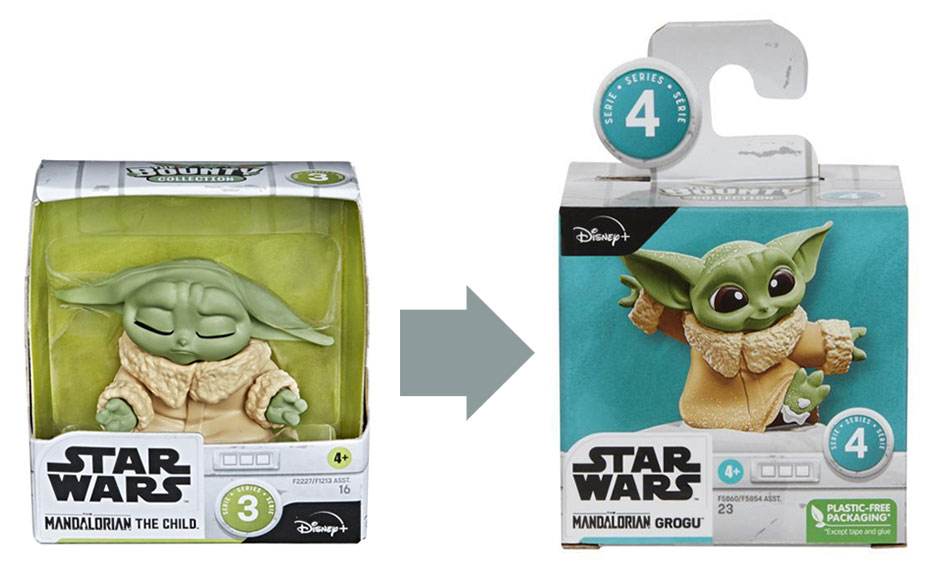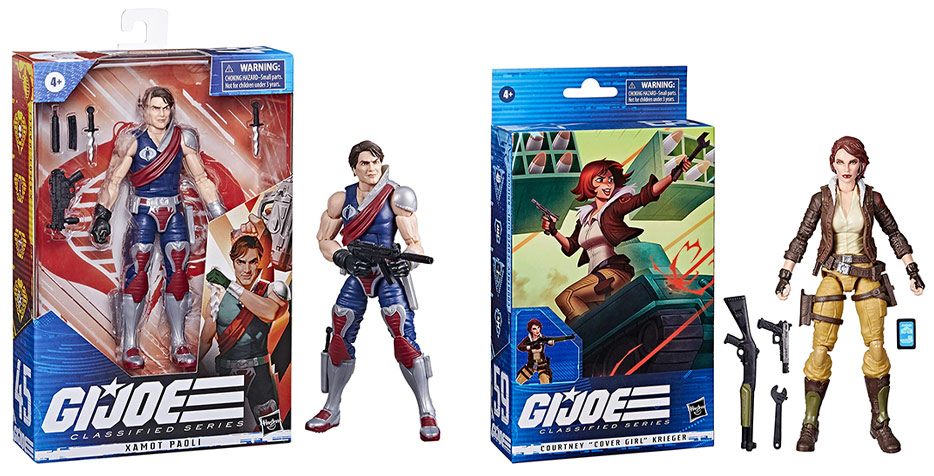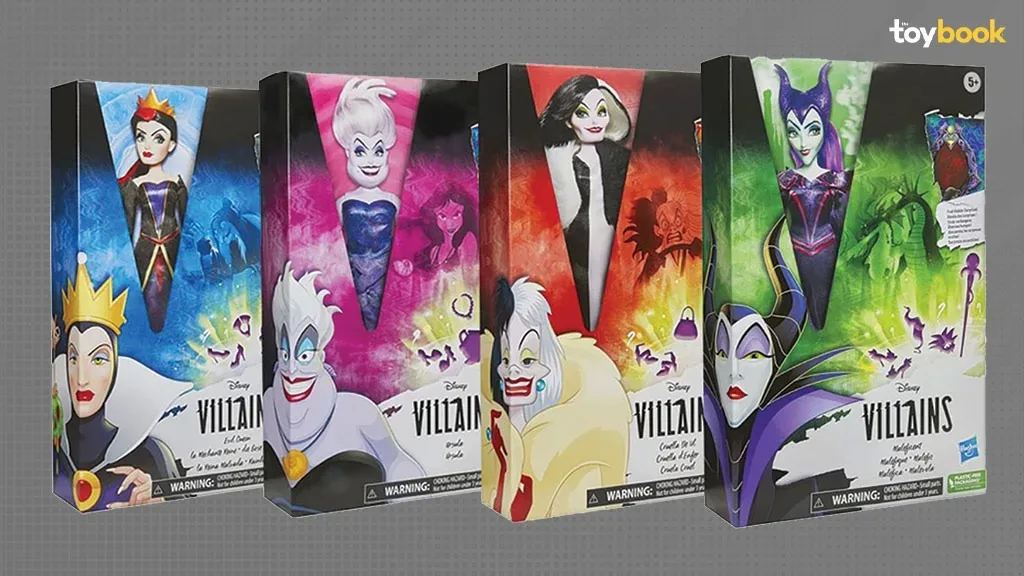by TED MININNI, President and Creative Director, Design Force
Back in 2019, Hasbro unveiled its plan to eliminate plastic from its toy packaging, with the goal of being completely plastic-free for most products by the end of last year. As Hasbro continues on this path of sustainability, I’ve taken note of some truly innovative ways in which it has modified its approach to package structures that leverage blisters and acetate windows.
When I first heard about this industry-wide initiative, I envisioned the use of more platform and open box configurations, and closed boxes in which imagery plays a more integral role in glorifying the product at retail. But, Hasbro has shown that we can play the sustainability game without compromising the shopping experience.
Plastic has been an important packaging component since the late 1950s. It gave manufacturers a way to show the product to consumers without exposing it to potential pilferage. Another benefit to shoppers being able to see the actual product at retail was that brands were able to connect with their target audience on an emotional level. This was key to the toy industry, where the pull is to create desire. With the elimination of plastic components in toy packaging, our challenge as package designers is to find a way to tell the product’s story without plastic as a visual portal, while maintaining that emotional connection with our audience.
So, what is Hasbro’s brilliant take? Simulate the experience of viewing products through blister material and acetate!
Maintaining Design Strategy
Hasbro packaged the first three series of its Star Wars: The Mandalorian Bounty Collection “The Child” figures in cube-shaped, platform-style boxes that used a large blister to showcase the product from the front, top, and sides. When Series 4 was released in closed-box packaging, Hasbro didn’t reconsider its structural design strategy completely. Instead, Hasbro maintained the original package design so that all four series would be visually cohesive as a collection.

The on-pack communication remained the same, aside from the placement of the Disney+ logo, which moved to the upper left corner. In place of the blister, Hasbro leveraged a photo of the product at actual size, placed on a solid-colored background. Hasbro even added natural shadows that the product would cast against an insert. The simulation of the original experience is key to the visual continuity of the product line.

A Different Kind of Window Box
For as far back as I can remember, dolls have always been packaged in window boxes. In recent years, doll packaging has become elaborate thermoformed or scored acetate structures. How can a closed box doll package ever compete at retail?
Take Hasbro’s Disney Signature Style Series Villain fashion dolls and accessories as a perfect example. The line features Cruella de Vil, the Evil Queen, Maleficent, and Ursula, each packaged in plastic-free, closed boxes that simulate a “V-shaped” window through which an actual-size photo of each doll is visible. The window box experience is an illusion created through natural shadows cast onto the doll image and the simulated insert. A cropped image of the character on the left spine and a monochromatic scene from each film on the right spine make for fun ways to display the packaging. Each doll comes with a magic mirror that reveals hidden imagery and compartments within the package insert to find accessories. Since a die-cut window can’t be leveraged to show the magic mirror, it is revealed through a simulated tear in the package.
The Retail Experience
Hasbro’s simulation of the retail experience that plastic components provided is a simple, yet brilliantly innovative, way to meet the company’s sustainability goals while maintaining the brands’ ability to connect with consumers. It would be wonderful to see other toy manufacturers adopt this approach on the path toward a plastic-free world.
A version of this article was originally published in the 2023 edition of The BIG Toy Book. Click here to read the full issue! Want to receive The Toy Book in print? Click here for subscription options!


